
SUB SPECIES
There are four sub-species of chimpanzee: western (P. t. verus), Nigeria-Cameroon (P. t. ellioti), central (P. t. troglodytes) and eastern (P. t. schweinfurthii)
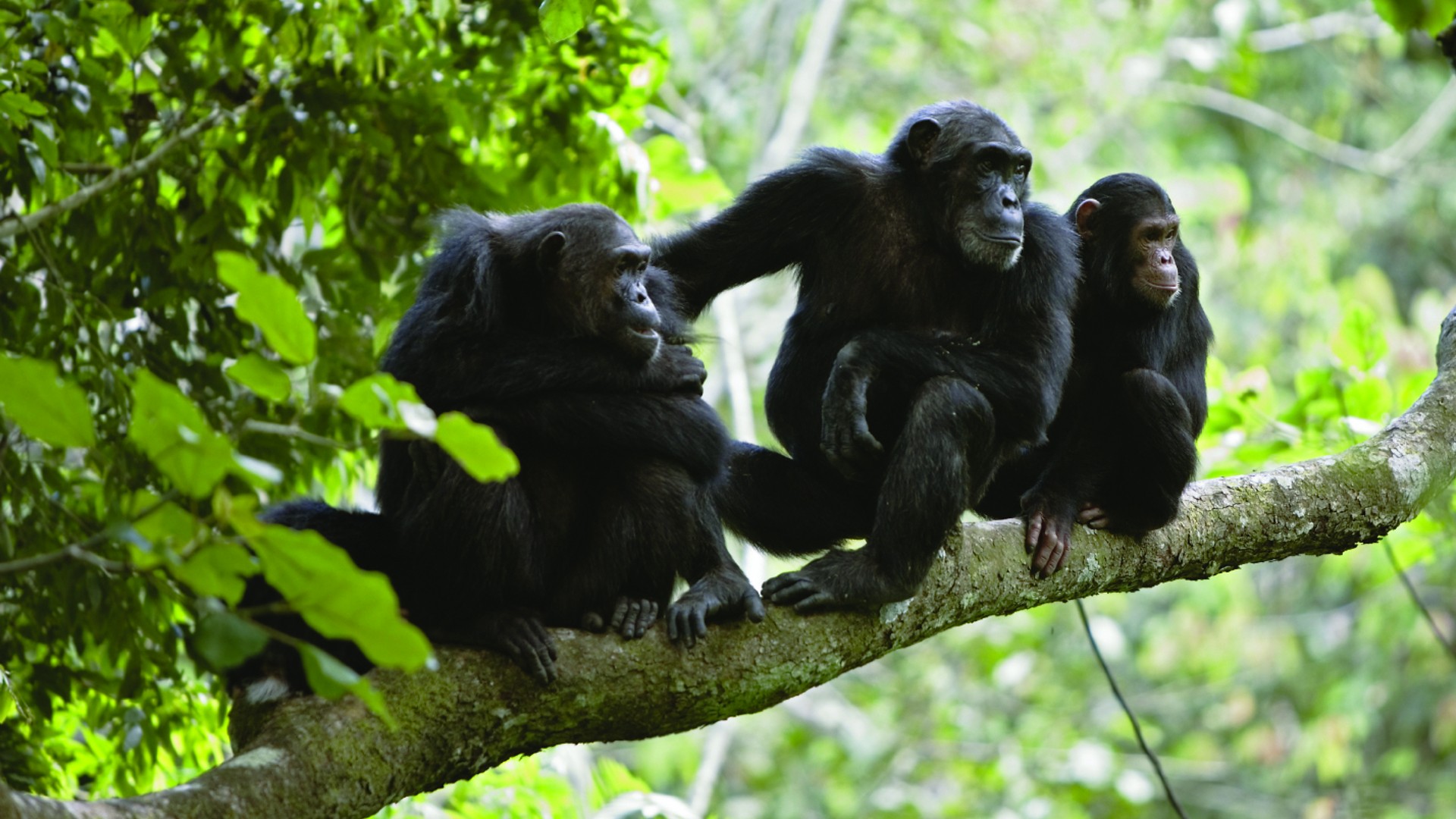
Pan troglodytes

There are four sub-species of chimpanzee: western (P. t. verus), Nigeria-Cameroon (P. t. ellioti), central (P. t. troglodytes) and eastern (P. t. schweinfurthii)

Western chimpanzees – Critically Endangered; Nigeria-Cameroon, central and eastern chimpanzees – Endangered

~140,000* central chimpanzees, declining / ~181,000-256,000* eastern chimpanzees, declining / ~18,000-65,000* western chimpanzees, declining/ ~6,000-9,000* Nigeria-Cameroon chimpanzees, declining. Last assessed in 2016
* According to the International Union for the Conservation of Nature (IUCN)

Omnivorous

Primary and secondary forest, swamp forest, montane forest, dry forest, dry woodland savannah, and even farmland

Equatorial Africa, from Senegal in West Africa to Tanzania in East Africa

Chimpanzees are just under a metre tall; females weigh between 32kg and 45kg, whereas the males can weigh between 40kg and 55kg

Poaching for bushmeat and the illegal pet trade, habitat loss and degradation, disease
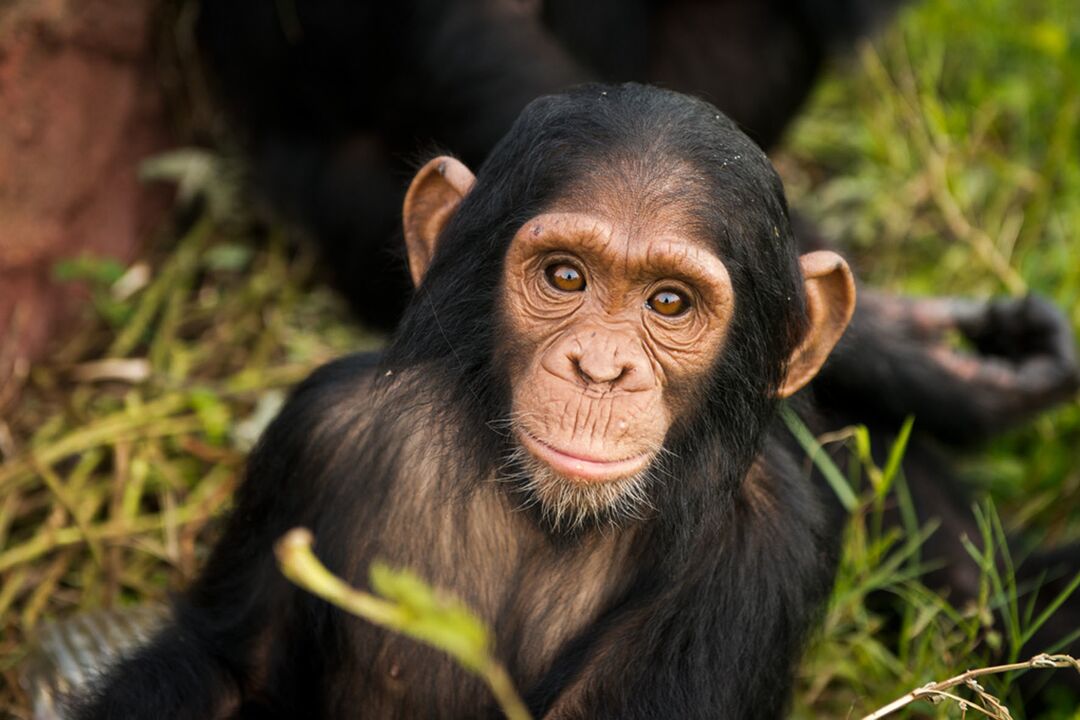
We share 98% of our genetic material with chimpanzees, making them our closest living relatives!
There are four recognised sub-species of chimpanzee:
As chimpanzees share about 99% of our DNA, making them the closest living relative of humans – some argue that they should be taxonomically categorised as Homo, the same genus as humans.
Chimpanzees are omnivorous, eating a wide variety of foods including fruit, pith, leaves, shoots, flowers, honey and bark, insects and larvae, as well as vertebrate prey such as red colobus, other species of monkey, duiker, young bushpig and bushbuck.
Chimpanzees are covered entirely in long, coarse black or brown hairs, except for their face, hands and feet which are hairless. As with the other ape species, chimpanzees do not possess a tail. Chimpanzees are famous for their opposable thumbs, giving them the dexterity needed to make and use tools.
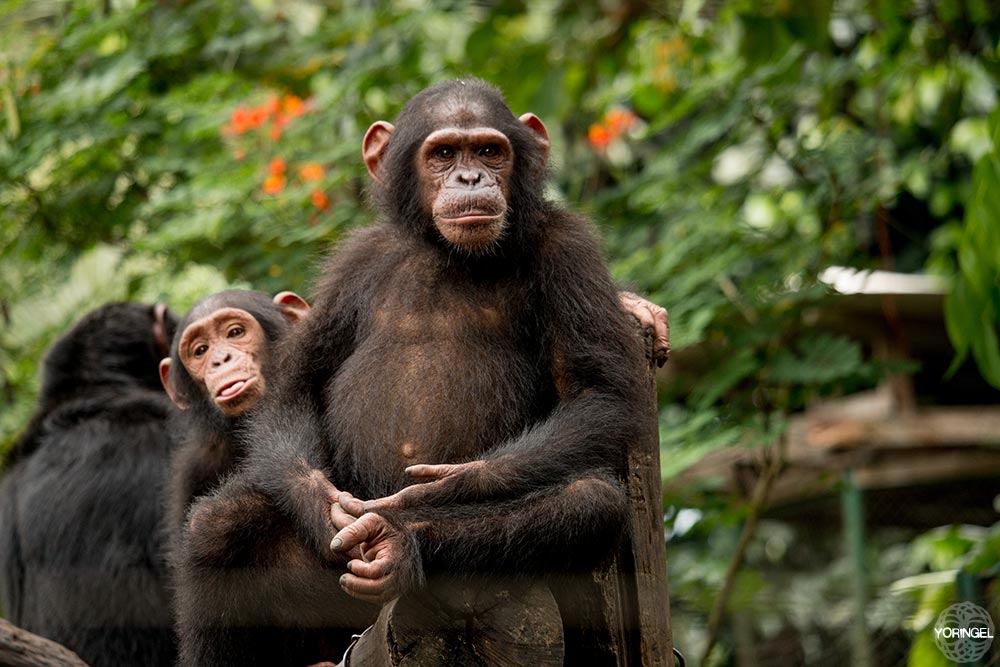
Chinoise © Limbe Wildlife Centre
Chimps range across a total area of about 2.6 million km2 throughout the forest belt across equatorial Africa, from Senegal in West Africa to Tanzania in East Africa. They inhabit a range of forest habitats from tropical rainforests, to lowland and montane forests.
Chimpanzees are highly intelligent, with complex social structures and distinct cultures. They are known to make and use tools, including:
Sick chimps have also been known to eat potentially medicinal plants.
Before Jane Goodall’s pioneering studies revealing tool use in chimpanzees, humans believed toolmaking was what made us distinct from other animal species. Now we know that chimps, some birds, and even some fish can make and use tools!
Chimpanzees are social, living in communities of up to 150 individuals. They live in a fission-fusion society, meaning they don’t stay together all the time, but form temporary associations with a subset of the group. Social hierarchies exist for both male and female chimpanzees. Males will assert their dominance through displays of aggression and have been known to attack, and even kill, trespassers in their territories.
Chimps have a wide repertoire of complex expressions, postures, and vocalisations for communication. They are quite vocal and use a variety of grunts, squeaks, screams and barks to express different emotions. Tactile communication, such as social grooming, is also vital to reconcile conflicts, ease stress, and develop and maintain bonds between individual chimps.
Female chimpanzees usually give birth to one infant, or occasionally twins. Infants are completely dependent on their mothers and travel with her on her back or stomach. Young chimps will become independent at about six to nine years old, although they will maintain lifelong bonds with their mothers.
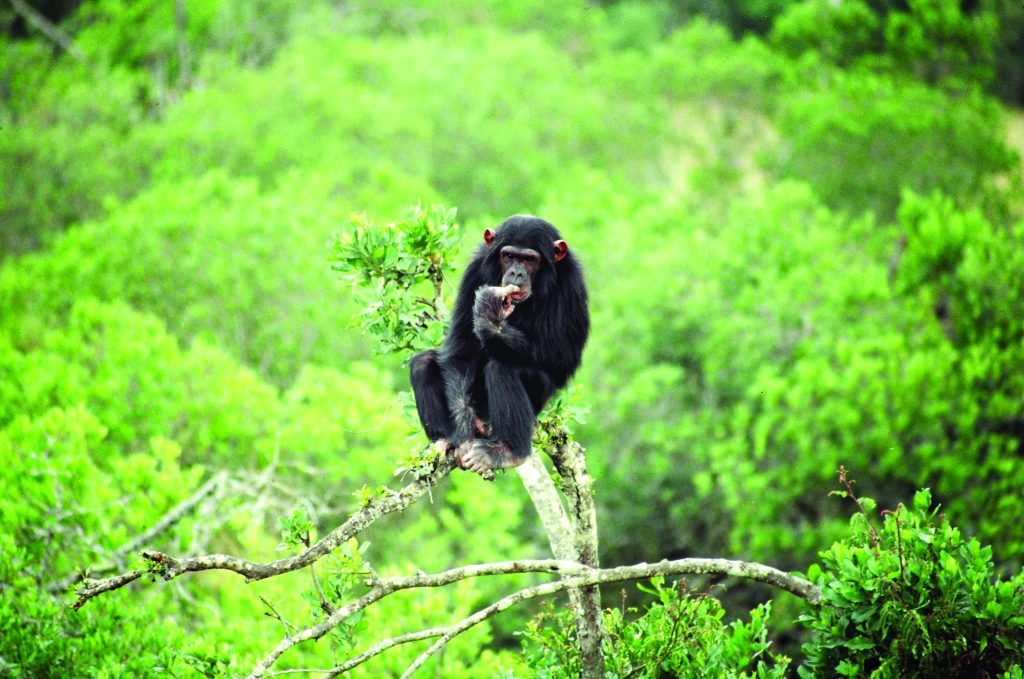
A chimpanzee sitting high up on a branch © Dreamstime
Chimpanzees have experienced extensive habitat loss and degradation across much of their range due to industrial logging and agricultural expansion. In particular, damaging agricultural practices such as ‘shifting cultivation’ (also known as slash-and-burn, in which an area of ground is cleared of vegetation and cultivated for a few years and then abandoned for a new area until its fertility has been naturally restored) rapidly degrade large areas of forest (chimpanzee natural habitat), and it can take decades to naturally recover.
Many of the human communities living within the range of chimpanzees experience high levels of poverty. Unfortunately, these people may rely on poaching great apes, including chimpanzee poaching, for subsistence and to provide an income.
When adult females are killed, their infants may be taken and chimpanzee trafficking is carried out for the exotic pet trade, effectively removing two generations at once.
Outbreaks of rapidly spreading infectious diseases, such as the Ebola virus and anthrax, have led to declines in chimpanzee populations. Although vaccinating wild chimpanzees is a possibility, such a project would be extremely difficult and infectious disease is likely to remain an issue into the future.
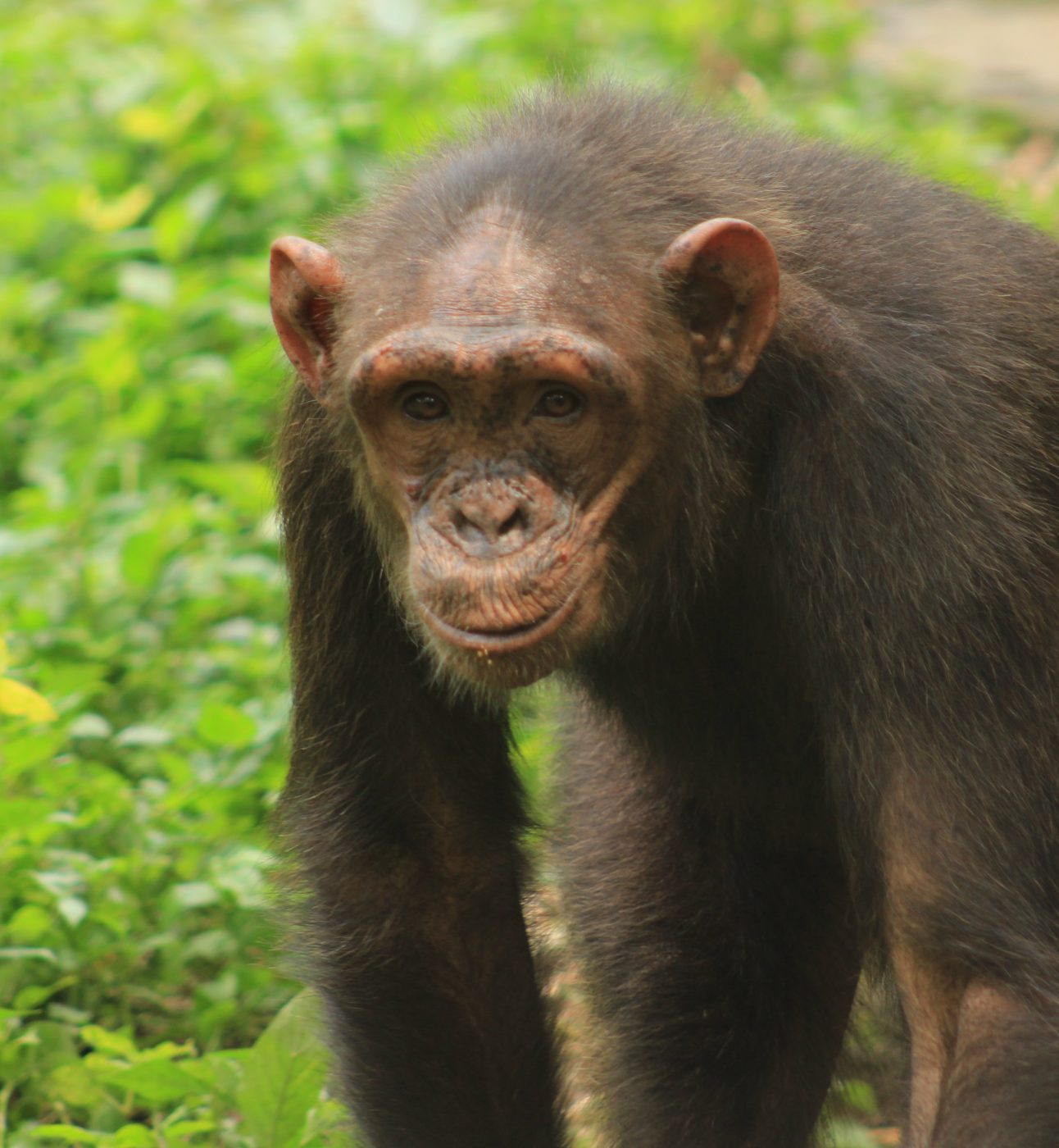
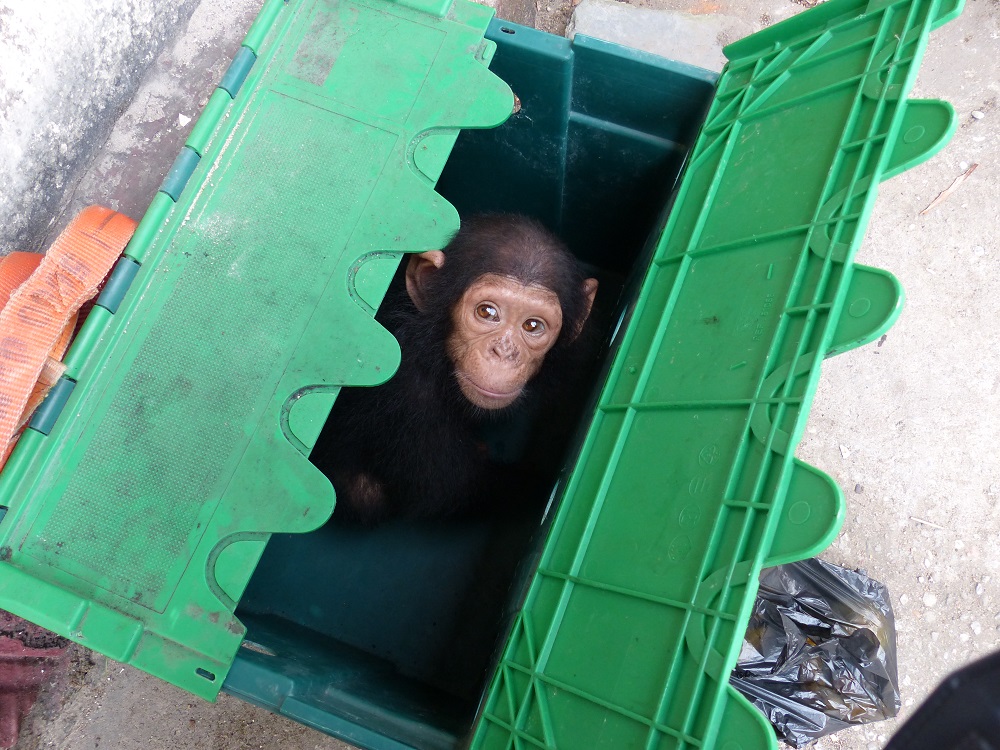
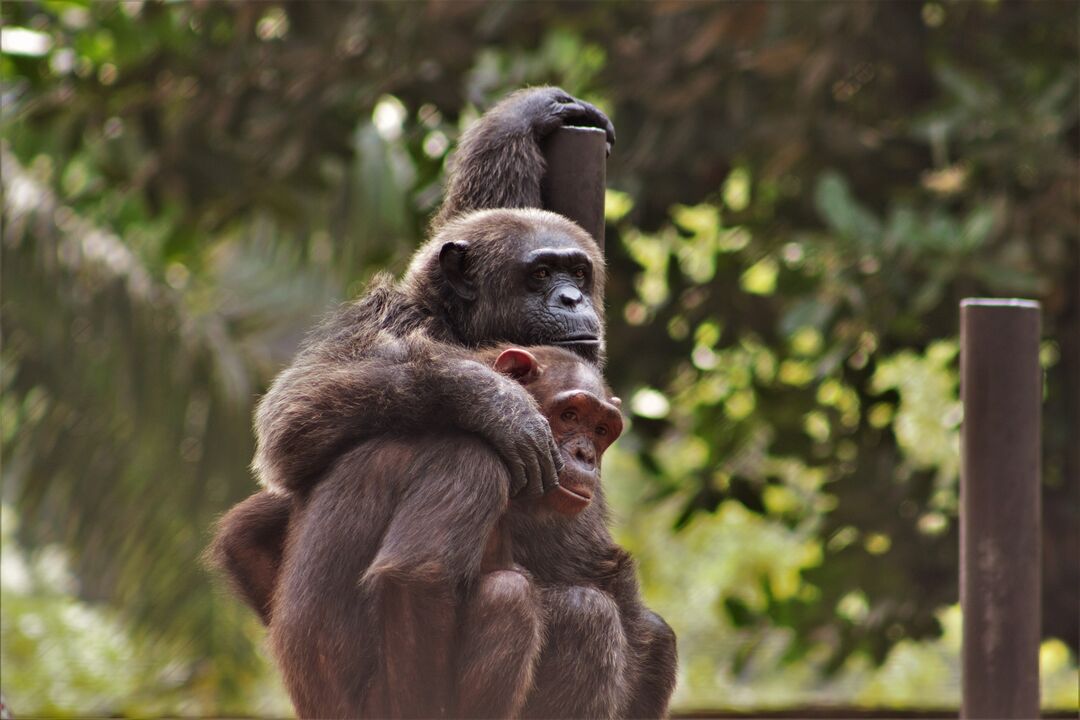

By becoming a Born Free supporter, you could help fund our work to protect chimpanzees in the wild, as well as caring for rescued chimps in Africa.